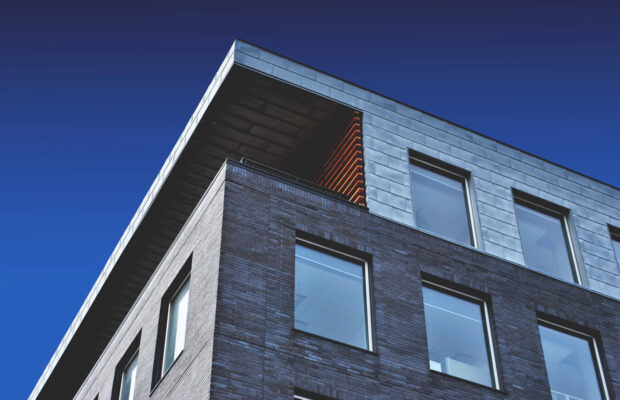Burglar-Proof: Tips To Strategically Place Home Security Cameras

Incorrect placement of home security cameras is one of the most common mistakes of many homeowners, making their houses more susceptible for many potential prowlers. Besides, one can’t imitate other houses way of security as every homeowner’s property, and security priority differs from one another.
Hence, there’s no one-size-fits-all rule on how to burglar-proof a house. However, if you plan to install cameras by yourself, consider these few fundamental factors for a strategical security camera placement and see which is better for your place.
Property Background Check
Research about the past break-ins that occurred in your property. You may run a background check about the history of your house through directly asking your landlord or the past owners. You know, history repeats itself. You can prevent this by monitoring the places with burglary history.
Vulnerability Assessment
If you don’t like asking others, do it yourself. Determine and assess every susceptible area in your home, including the front doors, obscured windows, as well as other rooms and areas that are dimly lit.
Again, every house is different, so be sure that you’ll establish specific vulnerabilities of your place and solve its susceptibility right away. Take note of these spots in your house, and make sure you would install cameras to monitor the said areas. Familiarize every corner of your home and assess each of its vulnerabilities.
Front Door
According to statistics, 34% of burglars sneak into the front door. This is the place where most package stealers are likely to strike, as well. Install a camera in your main entrance to secure your packages next time. This would also make sure that you’ll also have tabs on everyone who comes and goes to your house, including relatives, babysitters, maintenance or delivery people and so on.
Since doorbells are great picks for the front doors, use them as the primary camera or conjunction with another exterior/outdoor security cameras that are intended to monitor your garage or yard. Check out one of the best home security cameras – Security Baron for the perfect security camera that suits your needs.
Back & Side Doors
Out-of-sight doors allow both invited and uninvited to enter. That’s why it is recommended to place cameras on back and side doors, especially when these doors are often used more than the front door and particularly tempting or accessible to a potential burglar.
Garage & Driveway
Install cameras that are pointing at your driveway or garage to watch over your sports equipment, kitchen and car tools, and cars, as well as the people who are using them. Also, this is one way to connect to detach garage and secure valuable things in the room.
Alternatively, if you have attached garage, cameras would serve as an extra level of security that can monitor potential unexpected or illegal intrusion into your home. You can also affix cameras on the gates at the corner of your driveway (if you have one) so you can spot whoever trying to scope in.
Indoor Areas
It’s best to mount cameras in common areas like the kitchen and living room, where some expensive appliances are located at. Prioritize rooms that consist of large ground-floor windows. Huge windows in common gathering areas are common entryways for intruders. Mount cameras near these windows to see anyone tampering or using them as break-in points.
Camera Features Enhancement
Weatherproofing and night vision are critical camera features that you need to take care to have better security monitoring. Natural elements like rainy days, sunlight, plants, and many more would conceal and disturb your camera’s view.
Your cameras would be very useless if they cannot pick up clear images. Make sure to know the areas that are commonly disturbed by the said natural elements. Avoid placing cameras in these places. But if these areas are in a right angle, then ensure your camera would operate correctly in all conditions. If this the case, maintenance matters.
Correct Placement
Ultimately, the proper placement of cameras is one factor in making your home burglar-proof. All cameras shouldn’t easily debug or knocked down. Mount exterior cameras at least nine feet above the ground, preferably at a second-story level, while interior cameras in the ceiling. Securely attached cameras. Don’t rely on adhesives, screw them directly for more security.
Complimenting camera placement with a right-angle matters as well. Don’t place cameras directly above doors and windows, otherwise, you’ll only monitor the burglar’s heads. Instead, affix cameras 1-2 ft beside a door or window, and angle them down towards the entrance.
Be sure to maintain a stable WiFi signal around your home if you use wireless cameras to capture and relay vivid footage. If the connection is fitful, the footage may be distorted or choppy and even cause camera disconnection from your home security system.










 © 2024
© 2024
0 comments